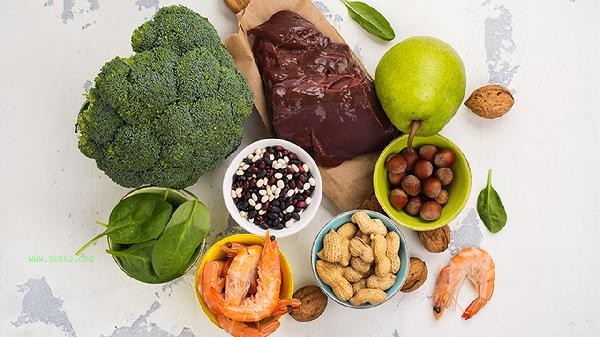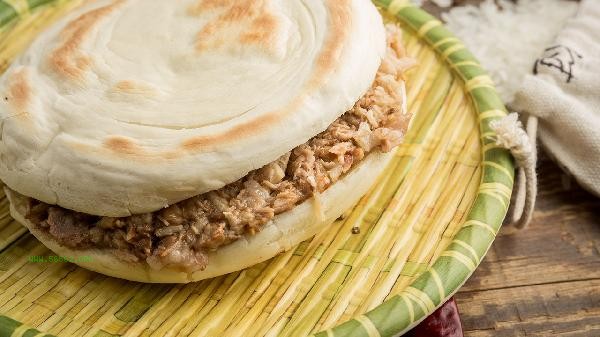It is recommended that obese children adopt a combination of low calorie and high nutrition for three meals a day, with a focus on controlling refined sugar and saturated fat intake, and increasing the proportion of dietary fiber and high-quality protein. The main principles include ensuring protein and complex carbohydrates for breakfast, balanced combination of vegetables and lean meat for lunch, reducing main food intake and increasing vegetable volume for dinner, while avoiding sugary drinks and fried foods.

1. Breakfast pairing
Breakfast should include high-quality protein such as boiled eggs or sugar free yogurt, paired with low glycemic index staple foods such as whole wheat bread or oatmeal. Adding a small amount of nuts can supplement healthy fat and avoid high-fat processed meats such as bacon and sausages. Choose skim or low-fat milk, prioritize low sugar fruits such as apples and pears, and control juice intake within 100 milliliters.
2. Lunch configuration
It is recommended that brown rice or coarse grain Mantou take up a quarter of the dinner plate, steamed fish, chicken breast meat and other lean meat take up a quarter, and the remaining half plate is non starch vegetables such as boiled broccoli and carrots. The main cooking method is steaming and stewing, with restrictions on braising and frying. Choose low-fat types such as seaweed and tofu soup for soup, and avoid high-fat and thick soups such as bone soup.
3. Dinner arrangement
The amount of staple food for dinner is reduced to the lowest throughout the day, and root and stem parts such as yam and taro can be used to replace rice and flour. Choose easily digestible tofu or blanched shrimp for protein, and focus on vegetables rich in dietary fiber such as cold mixed black fungus and cucumber. Complete eating 3 hours before bedtime and avoid adding meals at night. If you feel hungry, you can drink 100ml warm sugar free soybean milk.
4. Additional Meal Selection
Arrange one additional meal in the morning and one in the afternoon, with a calorie limit of around 100 calories per meal. Suitable to choose 10 original almonds or 150g small tomatoes, paired with 100g sugar free yogurt. Avoid processed snacks such as cookies and cakes, and prohibit sugary drinks. Parents need to prepare cut vegetable strips and place them in a prominent location for easy access.
5. Dietary Management
Use small plates with a diameter of 18 centimeters to control the amount of food consumed at a time, chew slowly, and prolong the eating time. One adjustment day can be arranged per week to relax restrictions, but it is not advisable to overeat. Implement a healthy eating plan together with the whole family to avoid children feeling isolated. Regularly measure weight and keep a diet diary, adjust the plan according to growth and development.
In addition to scientific meal preparation, it is recommended that obese children engage in 60 minutes of moderate intensity exercise every day, such as brisk walking, swimming, and other aerobic exercises combined with resistance training such as climbing stairs. Parents should take the lead in establishing a regular schedule and ensure 8-10 hours of sleep every day. Regularly assess growth and development curves in pediatrics or nutrition departments to avoid excessive dieting affecting normal development. Try to minimize hidden sugar and oil during the cooking process, and enhance children's interest in eating by changing the shape of food cutting and the way it is placed on the plate.








Comments (0)
Leave a Comment
No comments yet
Be the first to share your thoughts!